"Is tackling your own plumbing repairs a smart move, or are you risking more trouble than it's worth?"
Are you hesitating over whether to attempt a DIY plumbing fix or to call a professional plumber? Homeowners everywhere face this crucial question when a leaky faucet or clogged drain disrupts daily life. While a diy fix can save you time and money, improper repairs can put your entire plumbing system—and wallet—at risk. This comprehensive guide dives into everything you need to know about the diy plumbing vs professional debate. By the end, you’ll be empowered to recognize which plumbing repairs are in your wheelhouse—and when to trust expert plumbing services for your home’s safety and long-term performance.
What You'll Learn
-
How to identify plumbing repairs you can safely handle as a homeowner
-
The reality of risks and costs in DIY plumbing vs professional help
-
Red flags that mean it’s time to hire a professional plumber
-
How improper repairs put your plumbing system, finances, and home at risk
-
The right tools and strategies for effective, safe plumbing repair
Understanding DIY Plumbing vs Professional Options: What’s at Stake?
When facing a plumbing issue, the decision between diy plumbing vs professional is about much more than convenience. Understanding the difference is vital for homeowners hoping to save money while protecting their home from water damage. DIY plumbing covers simple upkeep, like fixing a leaky faucet, using a drain snake for a clogged drain, or tightening fittings. However, when plumbing repairs move beyond basic fixes, the stakes increase dramatically. An improper repair can escalate into costly problems—water damage, voided warranties, or even structural issues.
The allure of a do-it-yourself plumbing fix is powerful: You can address minor plumbing repairs at your convenience, evade expensive service calls, and gain a sense of personal accomplishment. Yet, each DIY repair you undertake must be weighed against possible risks, from subtle leaks causing long-term damage to exacerbating a complex plumbing system issue. These decisions ultimately impact your home’s value, comfort, and overall safety.

-
The difference between diy plumbing and professional plumbing services: DIY focuses on minor tasks; professional plumbing is essential for complex or hidden issues.
-
Potential risks and benefits for homeowners: DIY can reduce costs but raises the risk of costly mistakes and water damage if done incorrectly.
-
How plumbing repairs can impact your plumbing system: Proper assessment and repair are crucial; mistakes can lead to future failures, big expenses, and even insurance headaches.
Expert Guidance: When to Use DIY Plumbing for Plumbing Repairs
Many homeowners wonder if a diy plumbing repair is the way to go when facing routine issues. Choosing to take on minor plumbing repairs yourself can indeed save you time and help your household budget stretch a little further. Recognizing which plumbing tasks are suitable for a DIY fix is the first step in maintaining your home safely and efficiently. If you confine your efforts to simple, non-invasive fixes, you can often resolve the problem without professional plumbing services.
It’s not just about saving time and money with a diy fix—having the right knowledge and essential tools is critical. Most routine plumbing repairs, like replacing a showerhead or unsticking a drain, require just basic tools and a bit of patience. But even with simple jobs, always assess your confidence level and tool supply before getting started.
Simple Plumbing Repairs You Can Do Yourself
There are several plumbing repairs that nearly any homeowner can attempt safely with minimal risk. These routine tasks don’t generally require specialized tools or expert knowledge. If you’re comfortable following instructions and using basic hand tools, these are the projects you should consider addressing independently. Keeping up with these basic tasks can help prevent small problems from becoming plumbing emergencies down the line.
Some examples where a diy repair is completely reasonable include fixing a leaky faucet, swapping out a worn showerhead, or using a drain snake to dislodge a clogged drain. Adjusting water pressure, tightening connections, and handling minor toilet repairs also make the list. These straightforward jobs typically aren’t hazardous and don’t affect your main plumbing system—so the risk of water damage is very low if you follow directions closely.
-
Fixing leaky faucets: Replace washers or cartridges to stop irritating drips and prevent wasted water.
-
Replacing showerheads: Enhance your shower experience, optimize water pressure, and even save on utilities by upgrading fixtures.
-
Unclogging drains using basic tools: Use a plunger or a drain snake to clear blockages in sinks, tubs, and showers without harsh chemicals.
-
Adjusting water pressure: Easily fix low pressure by removing and cleaning aerators or adjusting a pressure regulator.
-
Minor toilet repairs: Swap out flappers, fill valves, or handles to solve running or non-flushing issues quickly.
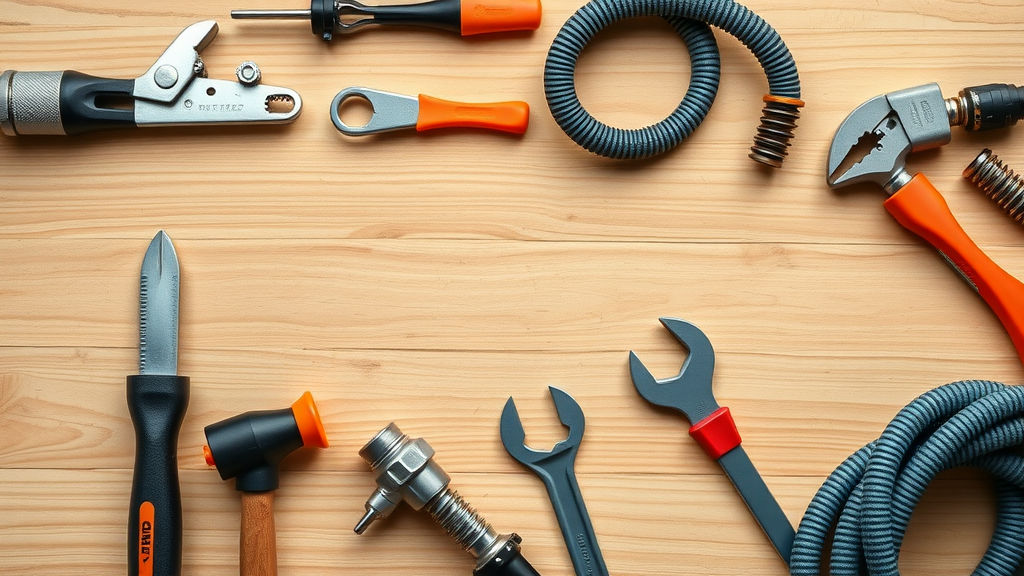
Essential Tools for Safe DIY Plumbing Repair
To reliably and safely perform diy plumbing, every homeowner should stock their toolkit with certain key tools. These tools are essential not only for speedy repairs but also for preventing common mishaps like over-tightening or under-sealing connections. Investing in the right equipment boosts your confidence and reduces the risk of costly mistakes that can happen during a diy fix. Keeping these handy means you’ll be prepared for the most common plumbing repairs any time they happen.
Remember, safety is paramount. Using specialized tools rather than makeshift solutions can ensure that your plumbing system remains intact, your repairs are effective, and your home avoids water damage in the long run.
-
Pipe wrench: For securely gripping, tightening, or loosening pipes and fittings.
-
Plunger: Unblock toilets and drains without chemicals or harsh dismantling.
-
Adjustable spanner: Tackle various nut and bolt sizes in tight spaces.
-
Plumber’s tape: Ensure watertight connections and prevent leaks in threaded joints.
-
Drain snake: Clear tough blockages that a plunger can’t reach, addressing clog-prone pipes and fixtures.
Recognizing the Limits of DIY Plumbing vs Professional Plumbing Service
Even experienced DIYers must know their limits when it comes to plumbing repair . Simple tasks are manageable, but modern plumbing systems are complex—and making mistakes on the wrong project can multiply repair costs or cause major water damage. Recognizing when to stop and call a professional plumbing service safeguards your home’s infrastructure. Don’t let pride or the desire to save a buck push you into risky territory; know when the risks outweigh the rewards of a DIY approach and hire a professional plumber before your diy repair spirals out of control.
It’s important to stay alert for warning signs that indicate your plumbing system is facing bigger problems than you can safely tackle alone. Professional plumbers bring years of experience and have the specialized tools necessary to diagnose and fix these more complex issues. If you encounter persistent problems, don’t hesitate—hiring a professional is always the safest course.
Signs It's Time to Hire a Professional Plumber
Some plumbing issues go beyond the reach of even the most ambitious homeowner. Certain red flags are clear signals that a routine diy repair just won’t cut it. When you notice recurring leaks, unexplained dampness, or sewer odors in your home, it’s time to bring in expert help. Not only do these issues threaten your home with water damage, they can indicate underlying problems in your plumbing system that only a professional can address.
Additional signs you need a professional plumbing service include problems with overall water pressure, mysterious increases in your water bill, or visible stains and patches on walls or ceilings. Take note: The longer you wait on certain repairs, the more likely you’ll incur bigger expenses in the long run—sometimes even requiring extensive system replacements.
-
Persistent leaks after attempted fixes: Indicates a deeper issue within pipes or joints.
-
Recurrent low water pressure: Could be a sign of blockage, pipe deterioration, or problems with the main water line.
-
Sewer odors or unexplained dampness (possible water damage): Warns of sewer line breaks or plumbing system failure.
-
Extensive and complex plumbing system issues: Systemic concerns or anything involving main water supply or sewage should always be handled by professional plumbers.
Risks and Consequences of Improper Repairs
Many homeowners underestimate the true risks associated with improper plumbing repairs. While a quick diy fix might seem like a money saver, it can easily backfire, resulting in water damage or voided warranties. Small mistakes—like poorly sealed connections or incorrectly installed fixtures—might go unnoticed, slowly causing expensive problems behind the scenes. This is why understanding the dangers of improper repairs is critical to managing the long-term health of your plumbing system.
Improper repairs often turn a simple plumbing repair into a costly nightmare. Not only do you risk causing problems that will require professional attention to resolve, but you might also face denied insurance claims or be left liable for damages that extend beyond your immediate plumbing issue. When in doubt, it’s wiser to err on the side of caution and turn the job over to a professional plumber .
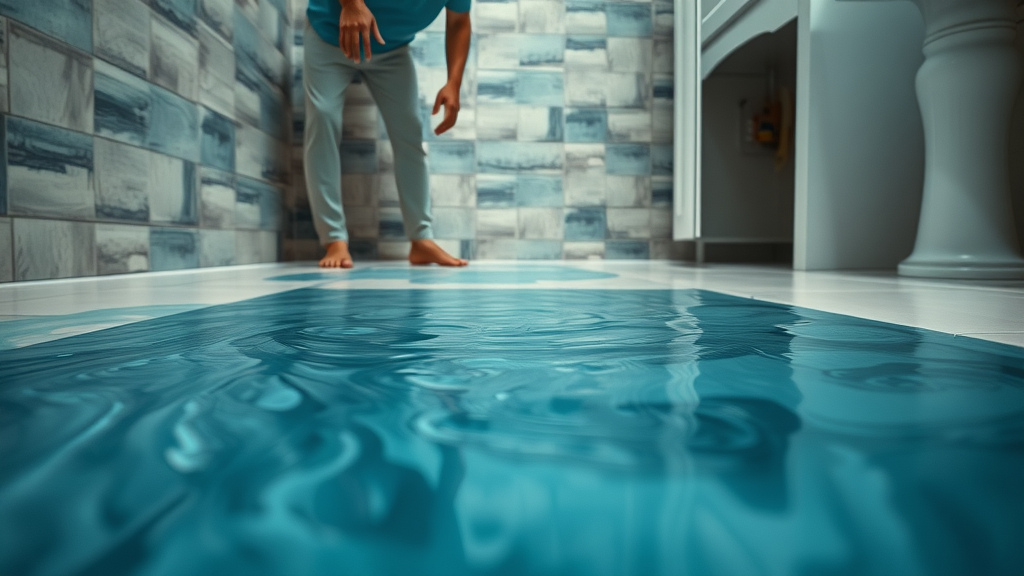
-
Water damage: Can originate from slow leaks, causing rot, mold growth, and expensive structural repairs.
-
Voided warranties: Many product and home warranties require professional plumbing installation.
-
Increased repair costs: Mistakes during a diy repair can result in larger, more expensive repairs later.
-
Damage to plumbing systems: Incorrectly installed components can reduce the lifespan of your entire system.
"Improper repairs to your plumbing system can end up costing more in the long run and expose your home to water damage." — Professional Plumber
Factors to Weigh: Save You Time and Money with DIY Plumbing vs Professional Help
Before grabbing your wrench or calling a professional plumbing repair service, weigh what’s truly at stake—not just cash but also your time, stress, and potential exposure to water damage. It’s easy to eye simple repairs as an opportunity to save money with a diy fix, but the reality can be less straightforward. Homeowners need to calculate not only the upfront cost of tools and materials against what professionals charge but also the time, risk, and expertise required for a safe and successful fix.
It’s not just a bottom-line calculation—the peace of mind you get from hiring a professional plumber is invaluable, especially when it comes to complex systems or urgent repairs. Evaluate the cost and time trade-offs honestly; sometimes, spending a little more up front with a professional plumbing service will save you time and money in the long run by preventing repeat issues or serious water damage.
Comparing Costs: DIY Plumbing vs Professional Plumbing Repair
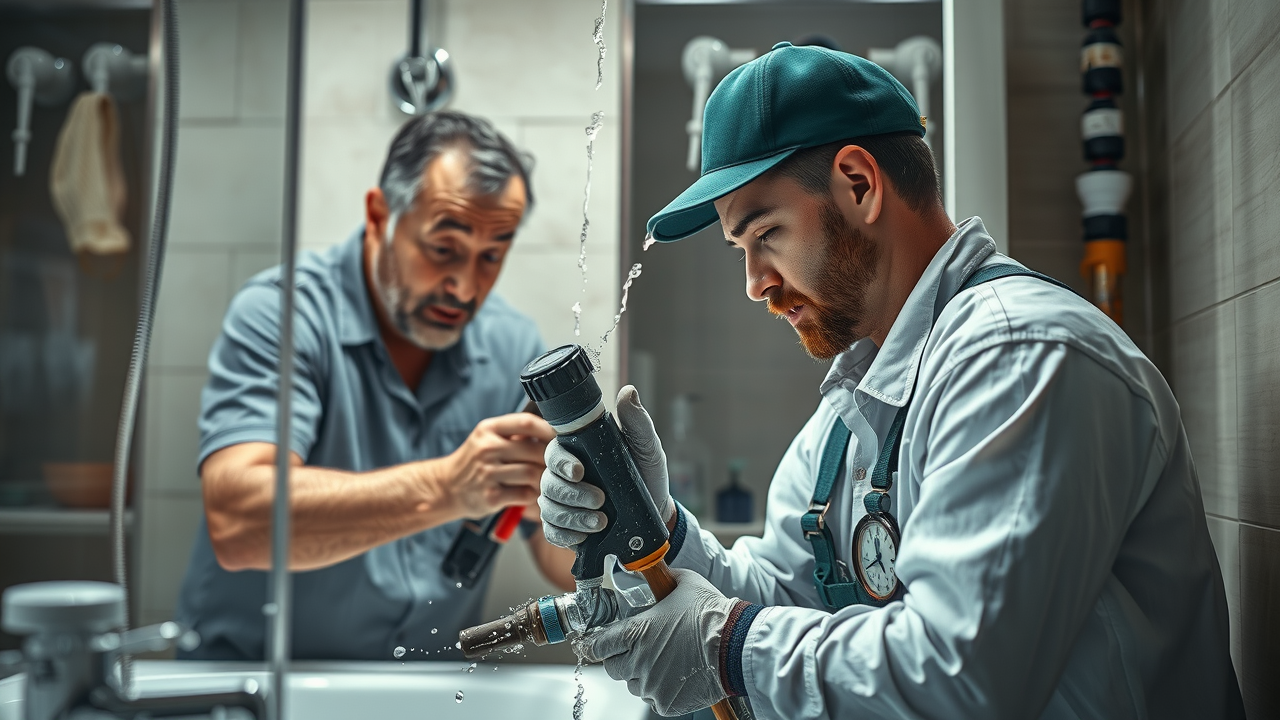
|
Task |
DIY Cost |
Professional Cost |
|---|---|---|
|
Fixing a faucet |
$20–$50 |
$100–$250 |
|
Replacing a toilet |
$80–$150 |
$200–$400 |
|
Unclogging a drain |
$10–$30 |
$100–$200 |
|
Leak detection |
$25 (DIY kit) |
$100–$350 |
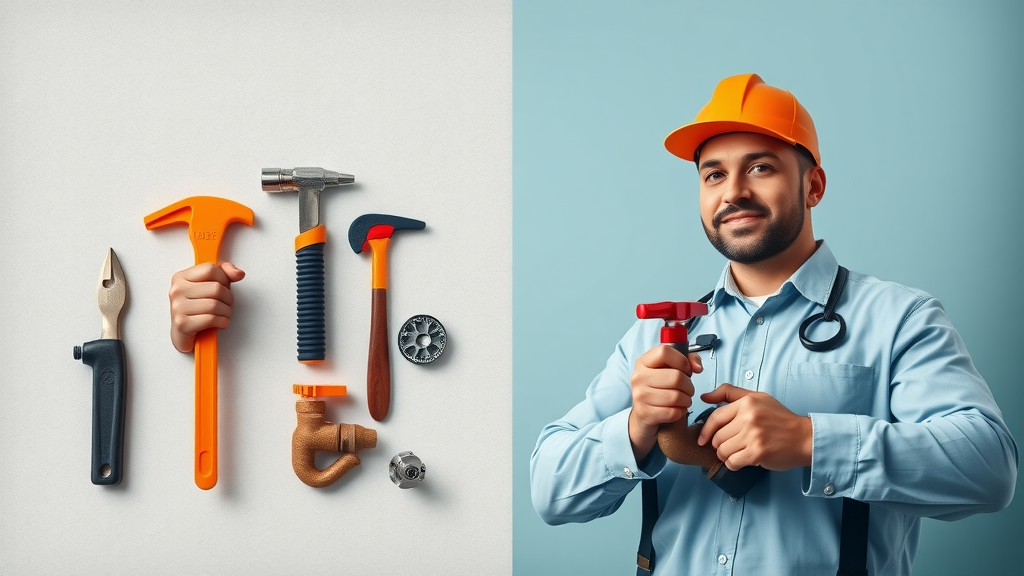
Time Investments: What to Expect
Plumbing repairs rarely happen on your schedule. Understanding the time commitment for both diy repairs and professional fixes helps manage expectations and make an informed choice. While the average diy fix can stretch into hours—especially if you’re learning as you go—a professional plumber can often complete even tricky plumbing repairs in a fraction of the time. This speed means less inconvenience, and for urgent issues, less exposure to water damage risk.
Don’t forget that a simple repair can mushroom into a whole-day affair if you discover additional issues or don’t have specialized tools on hand. While a professional plumbing service dispatches fully equipped technicians, as a homeowner you’ll likely make extra trips to the store or research solutions on the fly. Consider the value of your time as you decide which route to take for your next plumbing issue.
-
Faucet fix: 30-60 minutes (DIY), 20 mins (pro)
-
Toilet replacement: 2–4 hours (DIY), 1–2 hours (pro)
Plumbing System Complexities: Why Some Plumbing Fixes Demand Professional Plumbing Services
Modern homes are full of intricate plumbing systems that depend on careful design and quality installation. When facing a serious plumbing repair, a professional plumber brings not just expertise but the specialized tools and technology needed to diagnose and fix issues efficiently. DIY plumbing has its place, but for anything involving main water lines, complex water pressure problems, or hidden leaks, professional plumbing services are non-negotiable for protecting your plumbing system and your investment.
Plumbing fixes sometimes require not just skill, but an understanding of the legal and insurance implications tied to your home’s water infrastructure. A licensed plumber ensures all work meets code and satisfies warranty or insurance requirements—a crucial peace of mind factor homeowners often overlook until it’s too late.
How Professional Plumbers Handle Specialized Plumbing Systems
Dealing with advanced or aging plumbing systems poses unique challenges that require a trained eye and the proper equipment. Professional plumbers excel at identifying root causes of plumbing issues—whether it's a subtle water pressure imbalance or a hidden leak threatening water damage. Their training enables them to manage main water lines, replace sewer lines, and even handle intricate water heater repairs safely and legally.
When diagnosing issues, professional plumbers use years of experience to spot red flags, address code violations, and anticipate secondary issues. They approach complex jobs methodically, ensuring your home’s water flow, drainage, and pressure are restored and protected for the long run. This attention to detail can mean the difference between a one-time repair and recurring, expensive problems.
-
Identifying hidden plumbing system issues: Specialized training is crucial for catching what homeowners might miss.
-
Managing main water lines: These high-stakes repairs are best left to the pros to avoid catastrophic water damage.
-
Diagnosing systemic water pressure problems: Subtle imbalances that can strain your entire plumbing system are swiftly managed with professional tools.
Professional Plumbing Tools vs Homeowner Tools
Professional plumbers rely on an impressive arsenal of high-tech equipment to quickly and accurately diagnose plumbing problems. While drain snakes and pipe wrenches serve most DIY repairs, advanced gear—like sewer line cameras and hydro-jetting machines—make a night-and-day difference when addressing serious clogs or leaks. Using the right tool for the job keeps your plumbing repairs on track, prevents further damage, and ensures safe operation for years to come.
Investing in professional-grade diagnostic tools is usually cost-prohibitive for homeowners, making it more practical to rely on expert plumbing services for difficult or persistent issues. Don’t underestimate the gap between a well-meaning diy fix and the effectiveness of a professional plumbing repair performed with cutting-edge equipment and specialized tools.
-
Advanced leak detection equipment: Finds leaks inside walls or under floors without invasive demolition.
-
Sewer line cameras: Inspect underground and concealed lines safely and efficiently.
-
Hydro-jetting machines: Blast away tough clogs deep in pipes, restoring full flow where household drain snakes fail.

Protecting Your Home: Water Damage and Other Avoidable Hazards in DIY Plumbing vs Professional Repairs
Protecting your home from water damage is perhaps the most compelling reason to recognize the limits of diy plumbing vs professional help. Even a seemingly trivial drip can escalate, leading to mold, warped wood, and corroded pipes. When tackling repairs on your own, every connection and turn carries risk. That’s why weighing the hazards—and knowing when to call a plumber—can prevent disaster and preserve your home’s long-term value.
Professional plumbing services not only save you time and money in repairs but can also make the difference between a small inconvenience and having to file a major insurance claim for water damage. The peace of mind that comes from trusted experts is priceless in these situations.
Assessing Water Damage Risks
Improper repairs can introduce subtle but destructive forms of water damage that may go undetected for months or even years. Persistent leaks, loose pipes, or missed cracks often start as harmless issues but can ruin flooring, cabinetry, and even structural supports over time. Water damage is notorious for its ability to cause hidden destruction—and homeowners often pay thousands in repairs and remediation because of overlooked diy mistakes.
Common culprits include overtightened fittings causing thread failure, poorly sealed joints leading to drip-by-drip leaks, and missed leak locations in hidden pipes. Taking the time to thoroughly check all connections and quickly address any new signs of moisture is vital to safeguarding your investment.
-
Loose pipes: Cause vibrations and leaks that slowly deteriorate plumbing and adjacent materials.
-
Faulty connections: Often the result of rushed or misaligned DIY repairs.
-
Missed leaks: Concealed issues in walls or floors may spill hundreds of gallons unnoticed.
Insuring Against DIY Mistakes
Did you know home insurance policies often stipulate that covered plumbing repairs must be completed by a professional plumber ? If your DIY repair goes sideways and causes damage, your insurer might deny your claim, leaving you solely responsible for the cost. In contrast, hiring a licensed professional often provides documentation and warranties that guarantee compliance and make claim approval a smooth process.
Always review your policy before attempting significant plumbing repairs, and don’t hesitate to consult your insurer about what is or isn’t covered. Knowing your legal and financial protections ahead of time can save you from major headaches (and expenses) in the aftermath of a botched repair.
-
How policies treat self-repair: Many insurers exclude damages from DIY plumbing gone wrong.
-
When professional plumbing repair is required for coverage: Repairs involving water mains, sewer lines, or structural plumbing demand a pro for both compliance and eligibility.
People Also Ask: Your DIY Plumbing vs Professional Questions Answered
What plumbing repairs should never be attempted by amateurs?
-
Amateurs should never attempt repairs or modifications to sewer mains, major pipe replacements, gas lines, or any work that requires municipal permits. These repairs demand expertise, specialized tools, and strict adherence to codes. Mistakes can result in catastrophic water damage, health hazards, or even legal trouble. When in doubt, always call for professional plumbing services to protect your home and safety.
Can DIY plumbing save you money long-term?
-
DIY plumbing can definitely save money on minor repairs such as fixing a leaky faucet or unclogging simple drains. However, attempting complex plumbing repairs without expertise increases the risk of improper repairs, leading to hidden leaks or severe water damage. In these situations, the initial savings are quickly erased by the long-run costs of remediation, restoration, and professional re-repair.
How do I know when to contact professional plumbing services?
-
Contact a professional plumber when the repair exceeds your experience, you lack the necessary specialized tools, water is leaking uncontrollably, or health hazards like sewage and mold are present. It’s always safer to rely on expert plumbing services for issues involving your home’s main plumbing system or when compliance and coverage are on the line.

Expert Insights: Quotes from Professional Plumbers on DIY vs Professional Plumbing
"Neglecting the right tools or experience can quickly turn a simple fix into a plumbing nightmare."
"When in doubt, always consult a professional plumbing service. Your home’s safety is worth the investment."
Frequently Asked Questions about DIY Plumbing vs Hiring a Professional Plumber
-
Which plumbing repairs are safe for beginners? Beginners should stick to basic tasks: replacing washers in leaky faucets, unclogging drains with a plunger or snake, adjusting water pressure, and changing out showerheads or toilets with full instructions.
-
What are the signs I need professional plumbing repairs? Call a professional plumber if problems persist after attempted fixes, you see water stains or smell odors from pipes, or you face reduced water pressure throughout your home.
-
Are there risks to DIY plumbing I might miss? Yes—improper repairs can introduce hidden leaks, void warranties, lead to insurance claim denials, and enable long-term water damage.
-
Will hiring a professional plumber help prevent future issues? Absolutely. Licensed plumbers spot warning signs early, fix root causes, and ensure all work meets code—protecting your home and budget in the long run.
Making the Right Plumbing Repair Choice for Your Home
-
To recap: Weigh the difficulty, costs, time, and risks when deciding between diy plumbing and professional plumbing repair. Always prioritize safety and the long-term health of your plumbing system.
Need clear, expert advice? When in doubt about your next plumbing repair, contact a professional plumbing service for peace of mind.
 Add Row
Add Row  Add
Add 


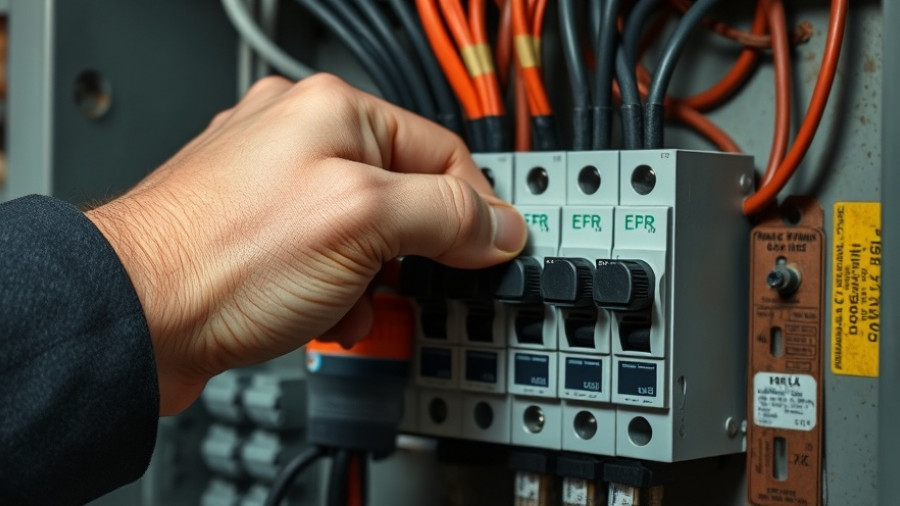

Write A Comment